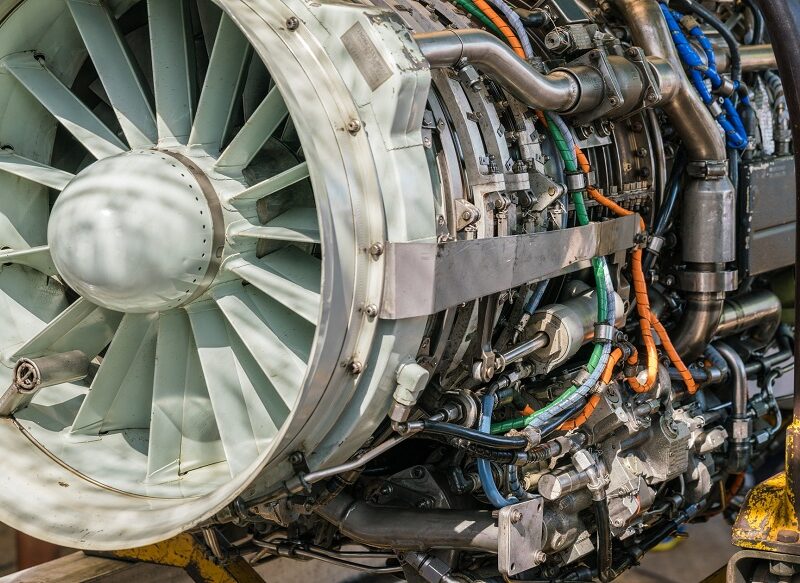People know the aerospace industry for making large, bold investments. Major manufacturers invest billions of dollars. They also invest decades of research when committing to new technology. The titans are currently placing their bets on the niche of composite materials. It’s about more than just creating improved aircraft. It’s about survival in an industry where falling behind means losing everything.
The Race for Market Dominance
Airlines demand the impossible. They desire airplanes with increased range, reduced fuel consumption, greater passenger capacity, and lower maintenance costs. The limitations of traditional aluminum construction have become apparent. The laws of physics prevent the creation of significantly lighter or stronger metal planes that are still safe to fly.
Composites break through these barriers. Aerospace composites companies like Aerodine Composites have discovered that carbon fiber structures can deliver what airlines crave. A composite aircraft body offers equal or greater strength and weighs significantly less than aluminum. For airlines, the reduction in weight leads directly to profit, because of the decrease in fuel use.
The numbers tell the story. Airlines save millions per year in fuel costs for every ton of weight removed from an aircraft. Over a plane’s 30-year service life, weight reduction through composites can save tens of millions of dollars. Airlines notice these savings. They buy from manufacturers who deliver them.
Competition has intensified globally. American manufacturers face pressure from European and Asian rivals who also pursue composite technology. The first company to become an expert in composite manufacturing will have a significant edge. They can sell fuel-efficient, lighter aircraft at reasonable prices, and still make a profit.
The Technology Investment Arms Race
Research facilities across the country buzz with activity. Engineers test new fiber arrangements. Chemists develop stronger resins. Computer scientists build simulation programs to forecast how composites will react in extreme situations. Each advance brings manufacturers closer to their goal: a composite plane at the same price as aluminum.
Manufacturing innovation matches laboratory research. Factories install robotic systems that lay down carbon fiber with superhuman precision. Massive autoclaves cure composite parts under exact temperature and pressure conditions. Quality control systems use artificial intelligence to spot defects invisible to human inspectors.
The investment scale staggers the mind. A single new composite production facility can cost over $1 billion. Training workers requires millions more. Developing new composite materials takes years of testing and certification. Yet manufacturers keep writing checks because they understand the alternative is becoming obsolete.
Beyond Commercial Aviation
Military contracts are a major driver of composite innovation. Fighter jets need strong, lightweight materials. Stealth planes need composites that absorb radar rather than reflecting it. Research supported by defense spending ultimately helps the commercial airline industry.
Space exploration continues to expand limits. Rockets and spacecraft require materials that can withstand extreme temperatures. Temperatures that range from -250 to 3,000 degrees Fahrenheit. Composites perform better under these circumstances compared to metals. Every successful space mission using composite materials proves their reliability and drives further adoption.
The drone industry explodes with composite applications. Delivery drones need maximum battery life. This means minimum weight. Military surveillance drones must stay aloft for days. Both requirements favor composite construction. As drone technology advances, composite manufacturing techniques improve and costs decrease.
Conclusion
The aerospace industry’s composite gamble isn’t really a gamble anymore. It’s a strategic necessity. Manufacturers who master composite technology will dominate the next generation of aviation. Those who stick with traditional materials will watch their market share evaporate like morning dew. The billions being invested today will determine which companies build the aircraft of tomorrow. It will also determine which become footnotes in aviation history. The race continues. And the stakes keep climbing higher.

